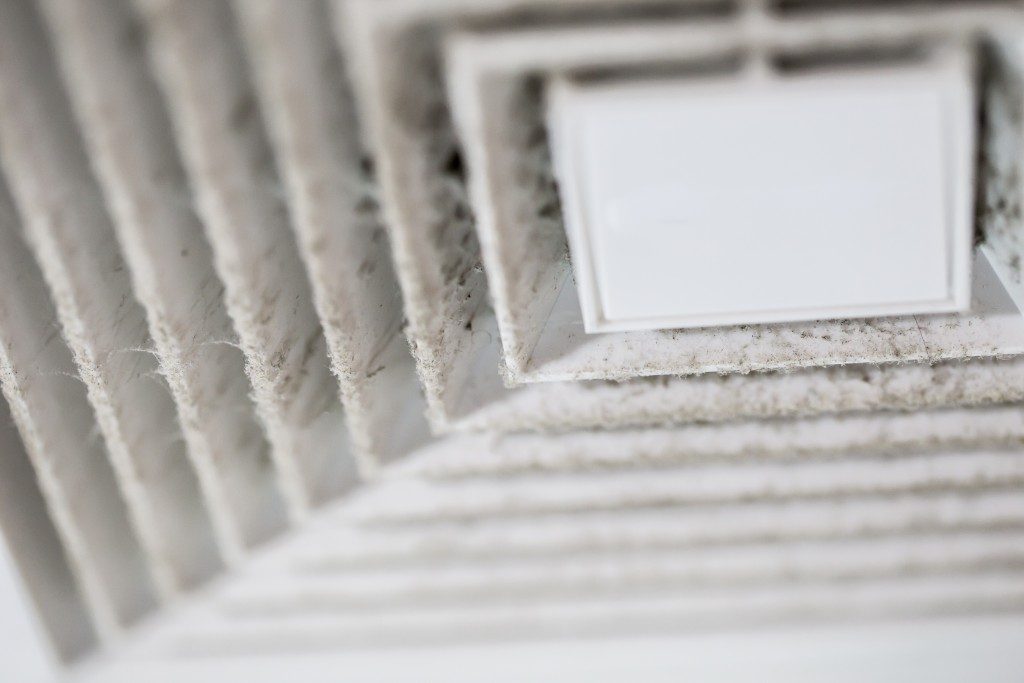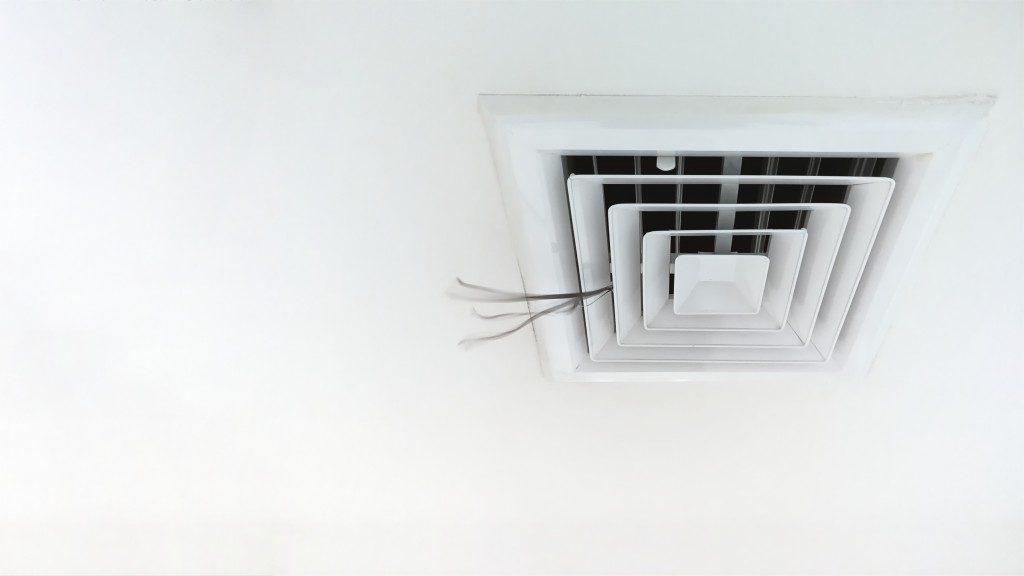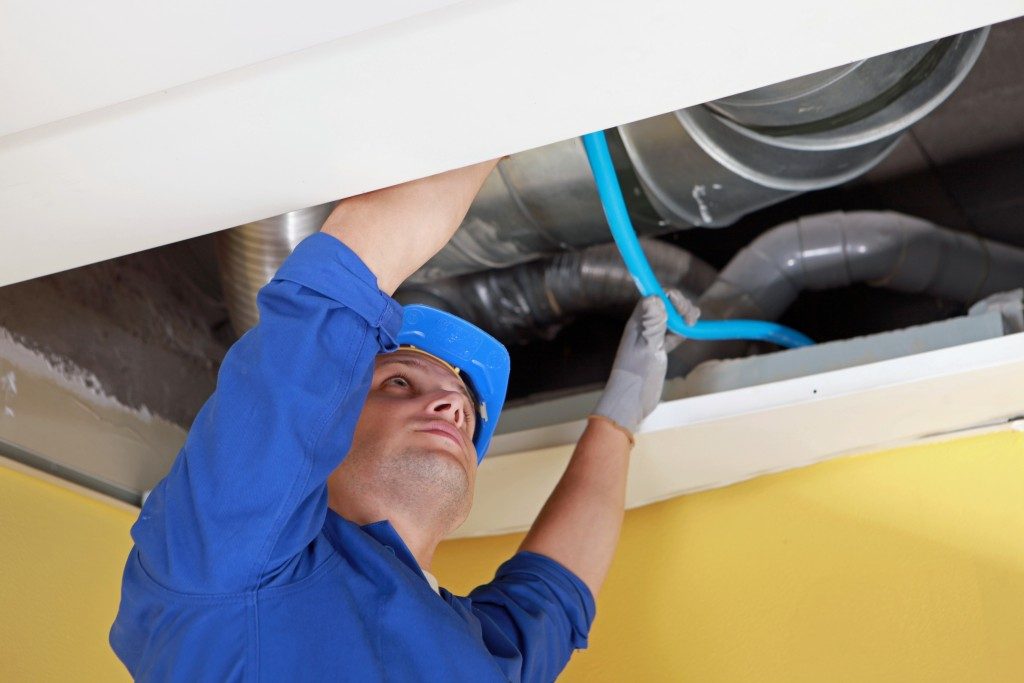Most of the respiratory conditions experienced nowadays can be attributed to and aggravated by poor indoor air quality. For most people, this statement means getting the best possible air conditioning unit for their properties and sitting back waiting for optimal air quality. Unfortunately, the right HVAC unit is only a part of achieving the highest quality of indoor air. You still need to invest in the cleaning of your ducts and air purification.
Air duct cleaning for Salt Lake City residents sounds like a simple task involving the wiping of your ducts with a damp cloth. This only gets rid of the visible dust and is, therefore, insufficient. Professional cleaning that includes the detachment of your ducts and cleaning of the chambers is the only way to guarantee the cleanest air ducts.
Other than duct cleaning, you should invest in a method that will trap the particles in the air generated by your HVAC unit so that you only get purified air in your interiors. There are two main methods of air purification. One category gets rid of the particles in your airflow while the other removes gaseous pollutants from your indoor air.
The following are the particle removing techniques commonly used for air purification:
Cyclone Separation
In this technique, a centrifugal separator is used to remove the particles from your indoor air. In the separator, the particles are swung to the outside, owing to the centrifugal force and their mass. They leave the cyclone separator through a reception station at the base of the device and are deposited outdoors. Cyclone separation uses a simple device with no moving parts and hence needs minimal maintenance and takes up less room. However, it generates noise that might be uncomfortable and has a high air pressure drop.
Rotation Scrubbing
This comprises fast-spinning wash water on spray disks or rotating sprays that will scrub the dust out of the air passing through it. Dust particles will be dragged to the scrubber’s walls through rotating atomizing and centrifugal force. The wash water used can be recycled, and there is a low-pressure drop with this technique. Rotation scrubbing requires a high capital outlay and consumes considerable energy.
Ceramic Filtration
This works in the same way as cloth and compact filtration. Air will flow through a large chamber with a ceramic filter made of silica oxide, silica carbide, and aluminum oxide that will trap the particles. Ceramic filtration has high efficiency, though it is expensive and has high maintenance requirements.
Mist Filtration
Mist filtration uses demisters built from synthetic or metal monofilaments that trap particles from the air flowing through them. The demisters are self-cleaning and suited for aerosol filtration. Even so, they have high-pressure drops and are typically used in the plastic disposal, textile, and chemical industries.
Your home should be the safest and most comfortable environment for your family. The above air purification methods ensure that the air flowing through your interiors is debris-free and does not trigger allergic reactions. Moreover, air purification protects your upholstery and carpets from the damage caused by accumulated debris and dust. It also saves money on costly cleaning procedures.



